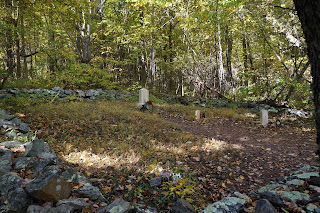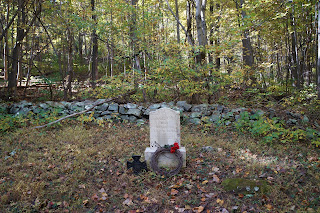Image by Kendra Miller
https://www.flickr.com/photos/brokendownlover/
Image used under terms of license by Creative Commons
Copyright © 2015
by Ralph F. Couey
Written content only.
Like so many others, I waited with great anticipation for the release of the fourth and final installment of the Hunger Games movie franchise. I was roped into watching the first movie, thanks to an epic Pennsylvania snowstorm and an insistent offspring. But it didn't take long for the story to get my attention. After the second movie, I purchased the books on Kindle and read the entire trilogy. When it was first publicized, I dismissed it as a JATM (Just Another Teen Movie). But the story, I found, went so much deeper for me.
The success of the franchise shows that I am not alone in the tone of resonance it struck with millions. Since everyone who hasn't been living in a hole in the ground over the past four years knows about the story, I won't re-hash it here. But I have been exploring in my mind and heart exactly why this story has gotten my attention.
There are some political science-related themes artfully buried within the tale. The danger of a government using war as an excuse for taking full control of it's population. The danger of having a pampered populace whose every need is met by the government and thereby loses its own sense of self-determination. The hazards of class warfare. Oppression creates rebellion, and past a certain point, people will give up their lives rather than live in bondage.
And in the last film, those who lead a revolution should never lead a government.
But what I found most interesting was the elements of hope and love.
Hope and love. Two concepts inescapably intertwined by human nature. Love cannot exist without hope; nor can hope survive without love.
















































